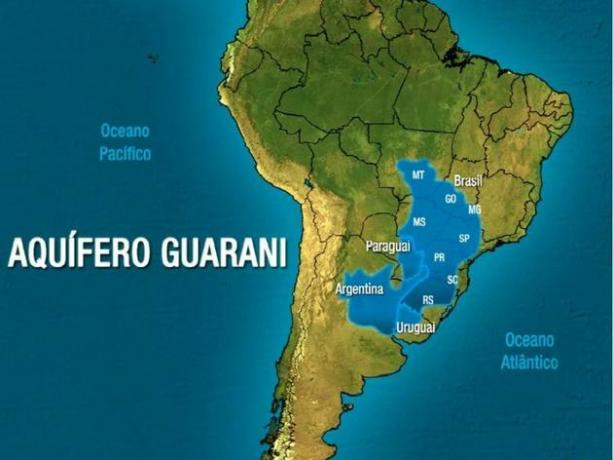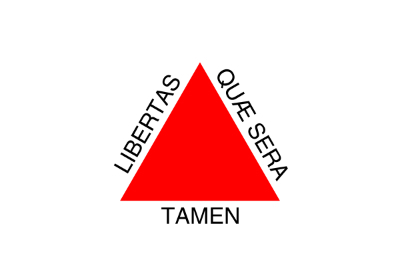At cities they are different, not only in terms of the number of inhabitants, but also in terms of the concentration of services they contain.
An aspect that characterizes Brazilian urbanization is related to an extreme concentration of a vast portion of the population in large cities, thus giving rise to the metropolises.
Large urban centers are home to high-end and sophisticated companies and services, including universities, research centers, laboratories, specialized clinics, in addition to mass media and product resale imported.
At medium cities, often do not have so many varieties of services, although this process is changing, since the globalization process has streamlined information and access to consumption. In the small towns, only what is necessary for its population is offered, usually the health service is not able to take care of more complex cases and there is no variety in services and access to consumption.
metropolises they mean large urban agglomerations that concentrate a huge population, in addition to harboring a huge variety of industries, commerce in general, universities, research centers, reference hospitals, banks and financial institutions, public offices, communication companies such as radio, TV, printed newspapers, between others.
A city stands out at different levels according to its function and the degree of importance it exerts on a regional or national scale in relation to other urban centers, regardless of size.
In Brazil, there are metropolises, large, medium and small cities, interdependent according to their influence, giving rise to the hierarchy of cities.
Do not stop now... There's more after the advertising ;)
Based on these considerations, the brazilian urban fabric is classified as follows:
Regional center: it has a limited influence in relation to other cities, they are medium cities that are subordinate to the capitals, but at the same time it is a center for smaller urban centers.
Regional capital: it exerts a great influence and is home to several regional centers, but its domain is limited to the state border. In this case, it is a large and medium-sized city, which despite not falling into the category of metropolis, has industries and services such as hospitals, banks, shopping centers and many others.
Regional metropolis: are cities that exert great influence in their own state, in addition to advancing the frontiers of others, these correspond to urban centers that concentrate more than one million inhabitants and have an economy diversified.
National metropolis: thanks to its importance, it exerts influence on regional centers, regional capitals and regional metropolises, that is, preponderance in different states.
World metropolis: are cities of great cultural and economic importance that exert influence over the entire territory and are the urban centers better known internationally, in the case of Brazil, two cities with these characteristics stand out, São Paulo and Rio de January.
Eduardo de Freitas
Graduated in Geography
Brazil School Team



